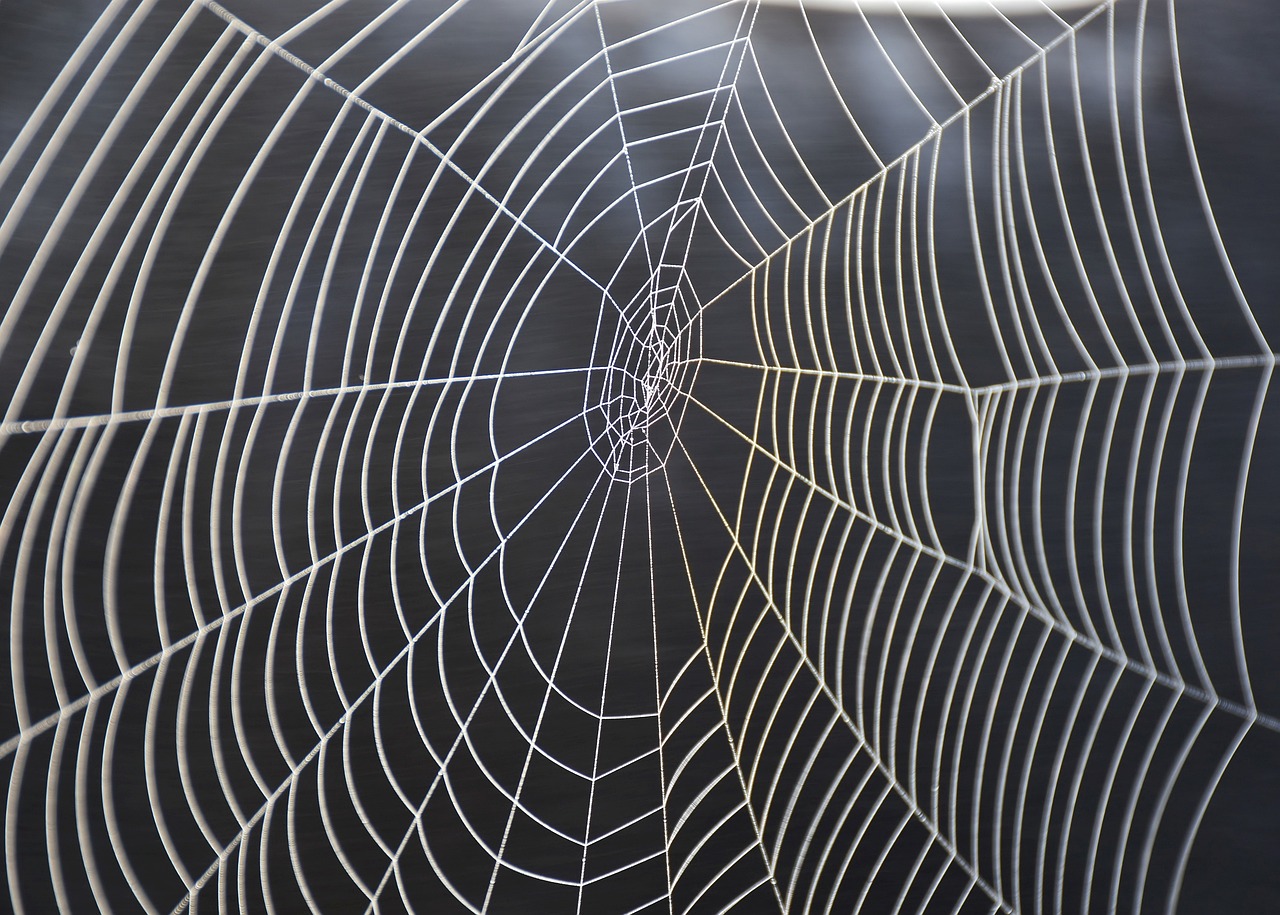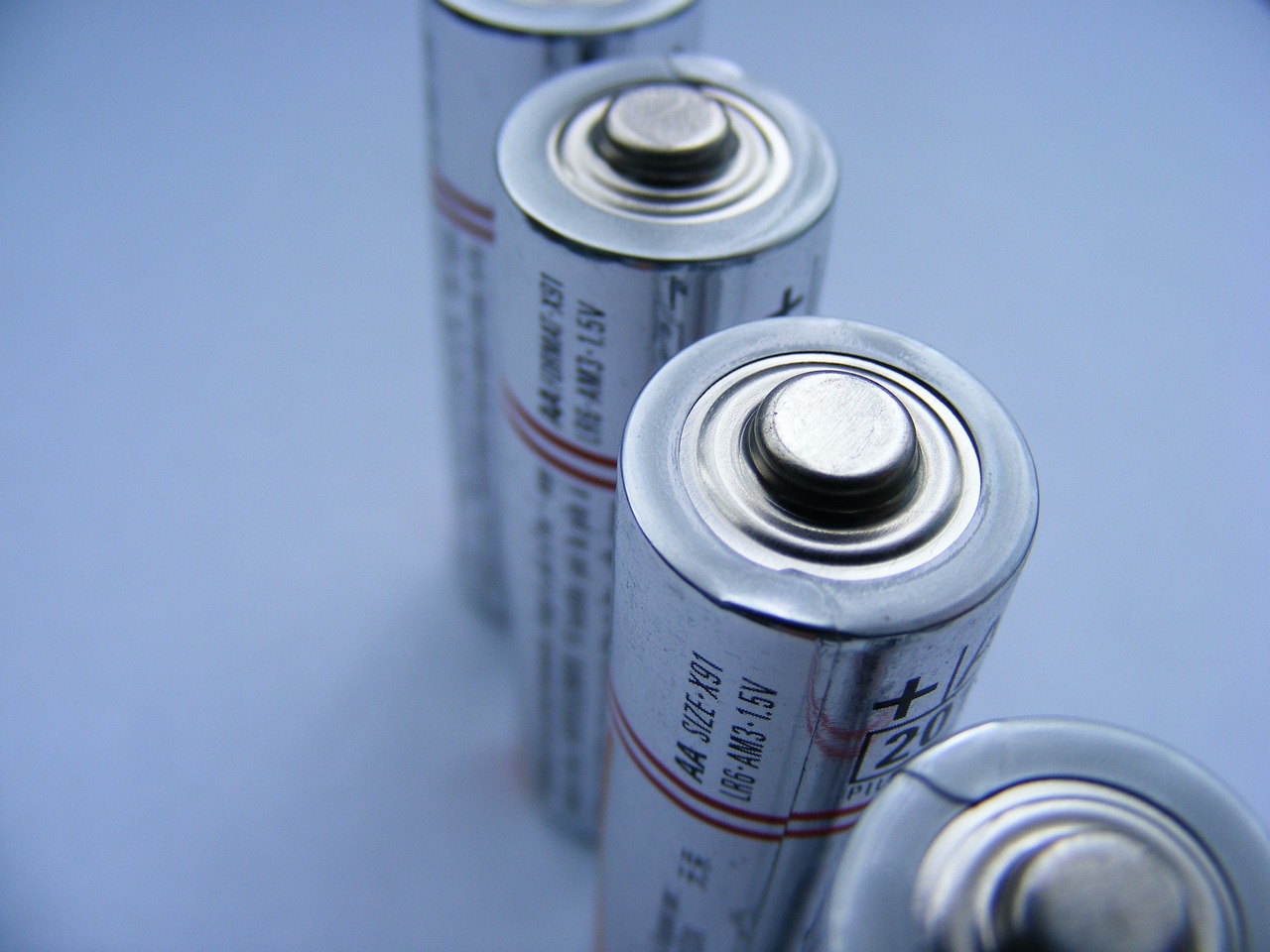This post is also available in:
 עברית (Hebrew)
עברית (Hebrew)
Researchers from the University of Cambridge developed adaptive and eco-friendly spider-silk-inspired sensors that can be directly and imperceptibly printed onto biological surfaces, from flower petals to a human finger.
Professor Yan Yan Shery Huang, who led the research, explained the importance of the interface between the device and the surface in order to accurately sense anything on a biological surface, adding that they want bioelectronics that are “completely imperceptible to the user, so they don’t in any way interfere with how the user interacts with the world,” while being sustainable and low waste.
So far, all the methods found for making wearable devices come with significant drawbacks – flexible electronics usually don’t allow gas or moisture to pass through them, artificial skin from flexible electronics still interferes with normal sensation and needs a lot of energy to manufacture, and 3D printing is less wasteful but leads to thicker devices that can interfere with normal behavior.
According to Interesting Engineering, the team of researchers developed a new way of making high-performance bioelectronics that can be customized to a wide range of biological surfaces by printing them directly onto those surfaces. Their technique is reportedly inspired by spiders, who create sophisticated and strong web structures adapted to their environment using minimal material.
The researchers spun their bioelectronic “spider silk” from PEDOT:PSS, hyaluronic acid, and polyethylene oxide, and designed a spinning approach that allows the fibers to morph to living surfaces, even down to microstructures like a fingerprint. Tests of the bioelectronic fibers were performed on surfaces like human fingers and dandelion seedheads and showed that they provided high-quality sensor performance while remaining imperceptible to the host.
“Our spinning approach allows the bioelectronic fibers to follow the anatomy of different shapes, at both the micro and macro scale, without the need for any image recognition. It opens up a whole different angle in terms of how sustainable electronics and sensors can be made. It’s a much easier way to produce large area sensors,” said first author Andy Wang
Another major advantage of the Cambridge-developed sensors is that they can be made anywhere and use a tiny fraction of the energy that regular sensors require. Furthermore, the bioelectronic fibers are repairable and can be simply washed away when they have reached the end of their useful lifetime.
The researchers explain their devices could be used in many different applications, from health monitoring and virtual reality to precision agriculture and environmental monitoring. They add that other functional materials could be incorporated into this fiber printing method in the future.


























